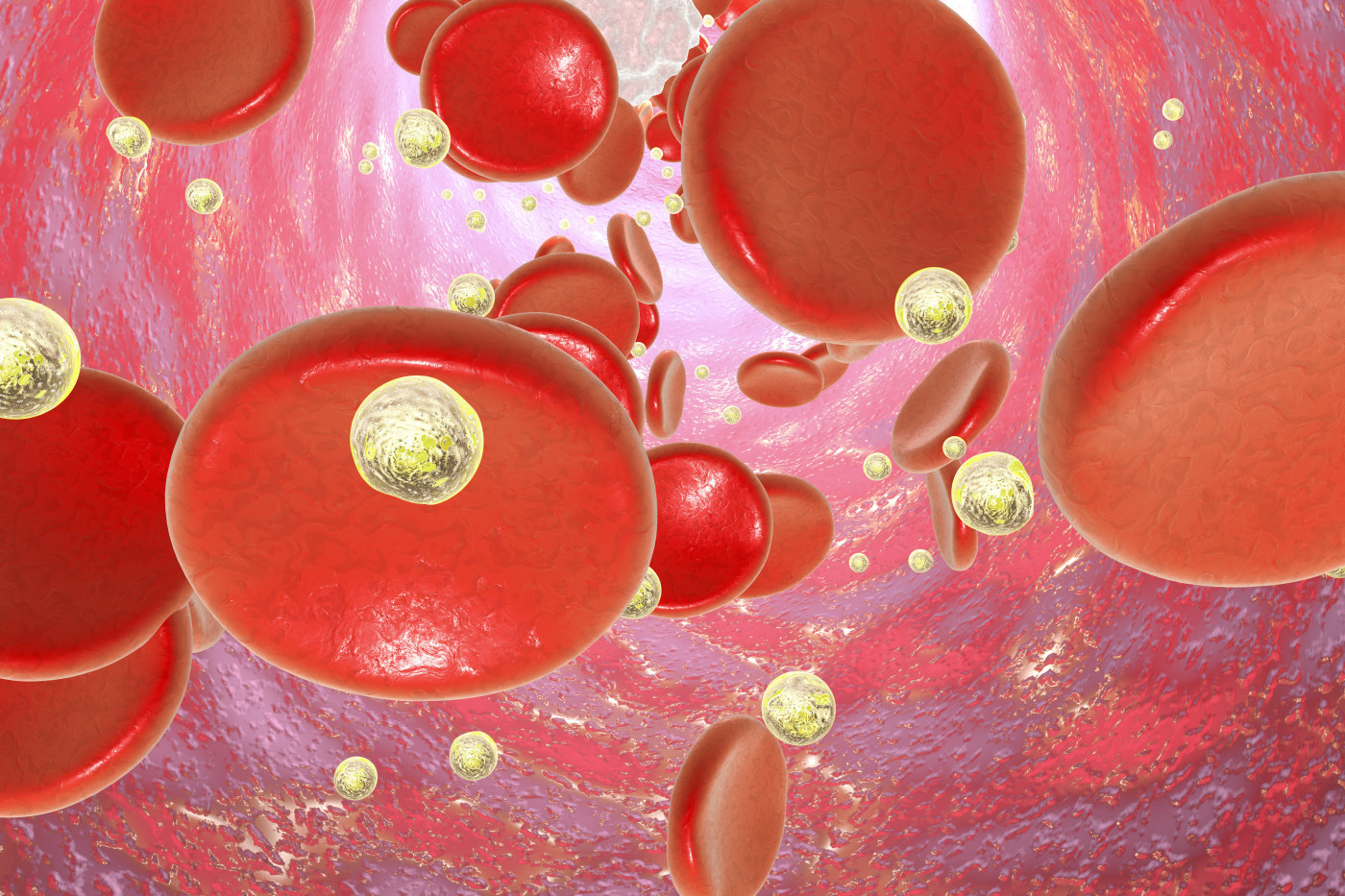Search for Biomarkers in CLN3 Mouse Model Fails to Yield Results, Study Reports

An animal study using a mouse model of CLN3 disease, the juvenile form of Batten disease, failed to identify any new biomarkers that could be used to track disease progression, which researchers say may be a result of variations in animal husbandry.
The study, “Searching for novel biomarkers using a mouse model of CLN3-Batten disease,” was published in the journal PLoS One.
Batten disease is a heterogeneous neurodegenerative disorder, which results from mutations in as many as 14 different genes, leading to varying ages of disease onset from infancy to adulthood.
The juvenile form of the disease, appearing in children between 5 and 10 years of age, often begins with progressive blindness and seizures, followed by cognitive and motor deterioration.
Due to the heterogeneous nature of the disease, there is an urgent medical need for potential new biomarkers to monitor the progression of specific forms of the disease.
Previous animal studies had identified possible biomarkers of the disease. However, “it has become increasingly evident over the past several years that disease markers in animal models … can be affected not only by age, gender, and genetic background of the test animals, but also by seemingly innocuous differences in environmental conditions,” the researchers wrote.
Based on this, researchers in this study used a specific mouse model that mimics the juvenile form of the disease and several characteristics of its most common mutation, the 1.02kb deletion in the CLN3 gene, to not only validate previously identified biomarkers but also test for new biomarkers that may be robust in predicting disease.
A total of 61 mice from two different facilities (universities) were analyzed for complete blood counts, a test that measures the cells that make up the blood — red blood cells, white blood cells, and platelets — at 1, 3, 6 and 12 months of age.
Researchers also analyzed 28 mice from three different facilities, including diseased and healthy mice, for several blood biomarkers and metabolites (small molecules derived from enzymatic reactions), including iron, fats, total protein, sodium, potassium, calcium, and glucose, among others.
They found no significant differences in this wide panel of blood biomarkers and metabolites between Batten and healthy mice. Moreover, significant differences in some biomarkers were observed among diseased mice raised at different sites, revealing a discrepancy in the results.
The same trend was found for the blood counts, with values varying among mice living at different sites.
Based on these data, the team was not able to identify possible biomarkers for the juvenile form of Batten disease, maintaining the urgency to find a robust biomarker that could allow the monitoring of disease progression.
“We sought to elucidate reproducible, non-invasive, surrogate biomarkers … that could potentially be translated to human patients,” the researchers wrote. “Of all the blood chemistry and hematological read outs we measured, there were no parameters that were consistently altered between [healthy] and [Batten] mice across multiple colonies.”
The authors explained that variations in animal husbandry can significantly influence results, not allowing them to identify “a robust biomarker for CLN3-Batten disease in commonly tested hematological measurements.”





